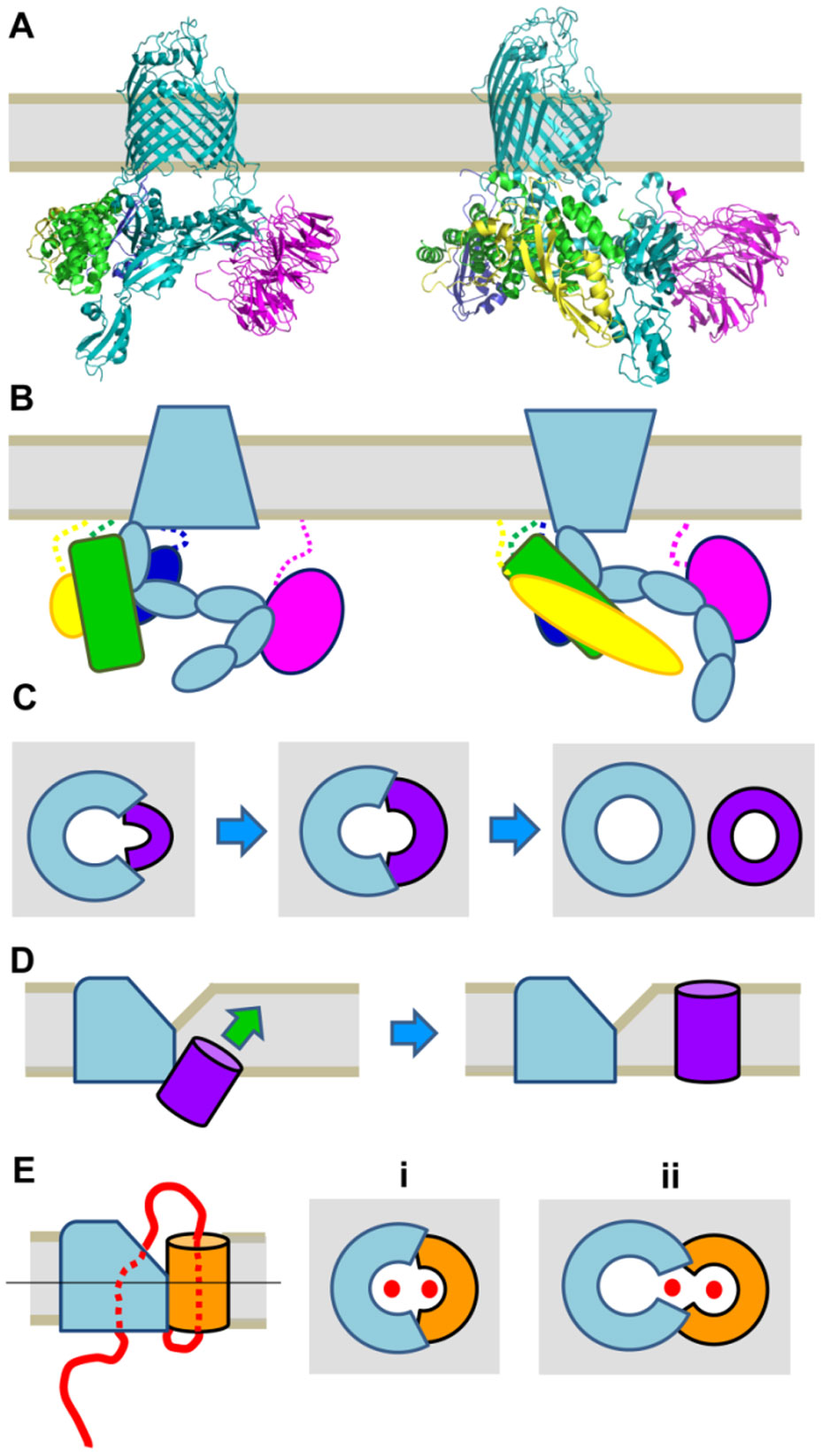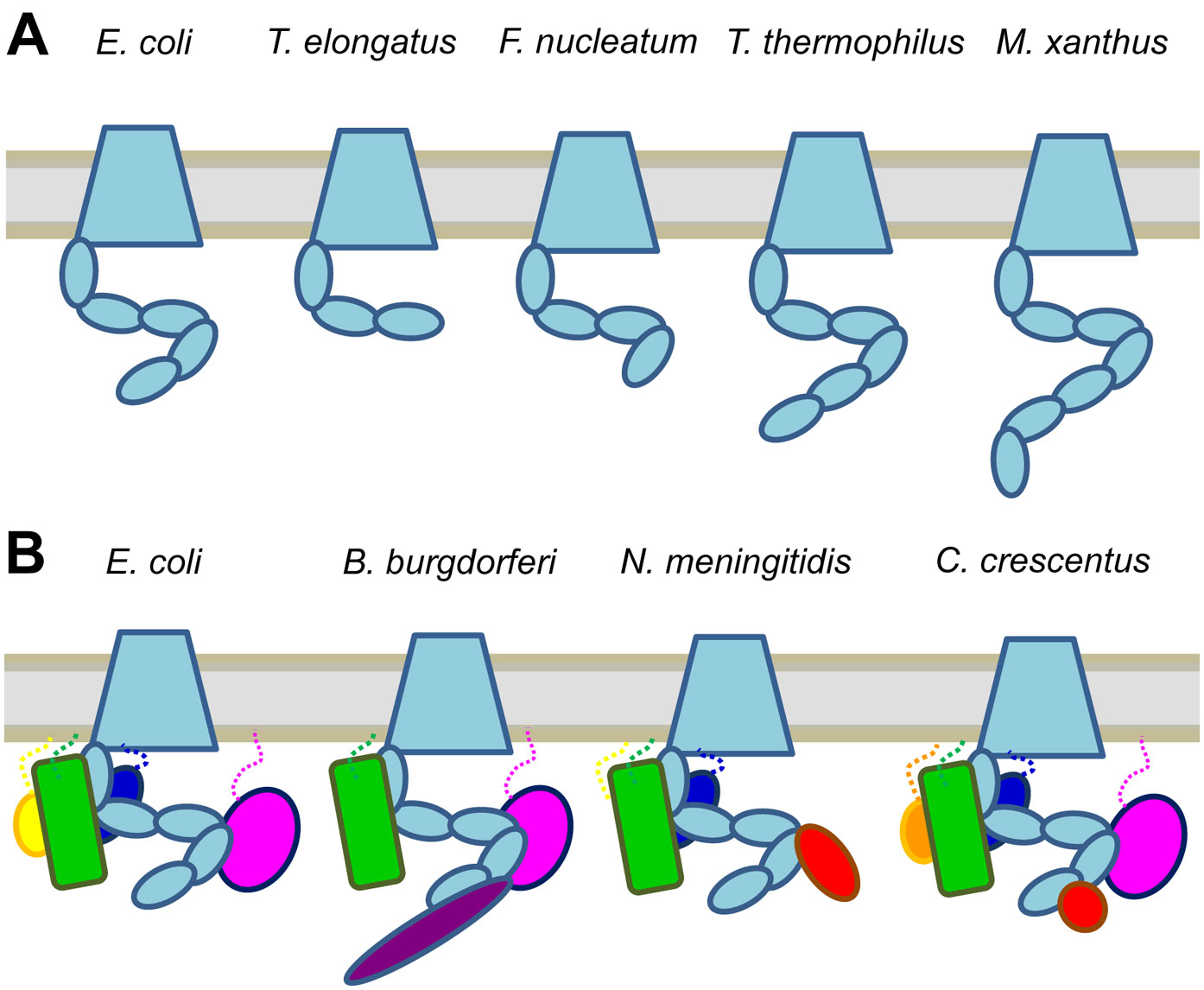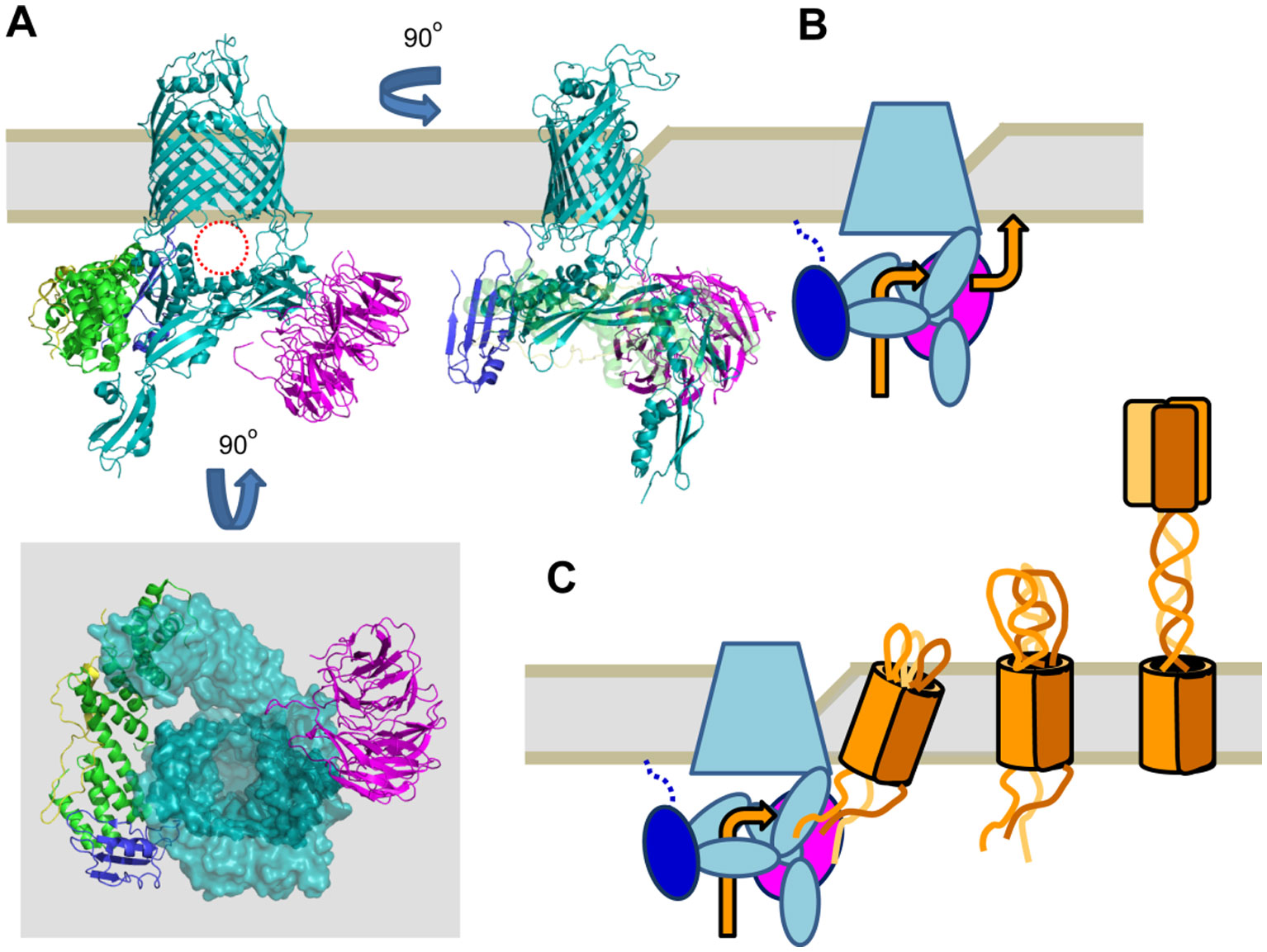| 1.
|
Fan Xia, Feng Deng, Hui Tian, Wei He, Yanni Xiao, Xiaodan Sun,
Estimation of the reproduction number and identification of periodicity for HFMD infections in northwest China,
2020,
484,
00225193,
110027,
10.1016/j.jtbi.2019.110027
|
|
| 2.
|
Lei Zhang, Maoxing Liu, Qiang Hou,
Dynamical analysis of a mathematical model of disease spreading on networks with symptomatic and asymptomatic infectors,
2021,
44,
0170-4214,
3771,
10.1002/mma.6981
|
|
| 3.
|
Lei Shi, Hongyong Zhao, Daiyong Wu,
Modeling Periodic HFMD with the Effect of Vaccination in Mainland China,
2020,
2020,
1076-2787,
1,
10.1155/2020/8763126
|
|
| 4.
|
Jinyan Wang, Yanni Xiao, Robert A. Cheke,
Modelling the effects of contaminated environments on HFMD infections in mainland China,
2016,
140,
03032647,
1,
10.1016/j.biosystems.2015.12.001
|
|
| 5.
|
Zuqin Ding, Yong Li, Yongli Cai, Yueping Dong, Weiming Wang,
Optimal Control Strategies of HFMD in Wenzhou, China,
2020,
2020,
1076-2787,
1,
10.1155/2020/5902698
|
|
| 6.
|
Wang Li, Xinjie Fu, Yongzheng Sun, Maoxing Liu,
Dynamical Analysis of a Mathematical Model of COVID-19 Spreading on Networks,
2021,
8,
2296-424X,
10.3389/fphy.2020.601459
|
|
| 7.
|
Jinyan Wang, Yanni Xiao, Zhihang Peng,
Modelling seasonal HFMD infections with the effects of contaminated environments in mainland China,
2016,
274,
00963003,
615,
10.1016/j.amc.2015.11.035
|
|
| 8.
|
Pengwei Lou, Lei Wang, Xueliang Zhang, Jiabo Xu, Kai Wang,
Modelling Seasonal Brucellosis Epidemics in Bayingolin Mongol Autonomous Prefecture of Xinjiang, China, 2010–2014,
2016,
2016,
2314-6133,
1,
10.1155/2016/5103718
|
|
| 9.
|
Zhiyi Yang, Jiayuan Hao, Shuqiong Huang, Wenwen Yang, Zhongmin Zhu, Liqiao Tian, Yuanan Lu, Hao Xiang, Suyang Liu,
Acute effects of air pollution on the incidence of hand, foot, and mouth disease in Wuhan, China,
2020,
225,
13522310,
117358,
10.1016/j.atmosenv.2020.117358
|
|
| 10.
|
Lei Shi, Hongyong Zhao, Daiyong Wu,
A reaction-diffusion HFMD model with nonsmooth treatment function,
2021,
2021,
1687-1847,
10.1186/s13662-021-03294-z
|
|
| 11.
|
Jia Rui, Kaiwei Luo, Qiuping Chen, Dexing Zhang, Qinglong Zhao, Yanhong Zhang, Xiongjie Zhai, Zeyu Zhao, Siyu Zhang, Yuxue Liao, Shixiong Hu, Lidong Gao, Zhao Lei, Mingzhai Wang, Yao Wang, Xingchun Liu, Shanshan Yu, Fang Xie, Jia Li, Ruoyun Liu, Yi-Chen Chiang, Benhua Zhao, Yanhua Su, Xu-Sheng Zhang, Tianmu Chen, Wen-Ping Guo,
Early warning of hand, foot, and mouth disease transmission: A modeling study in mainland, China,
2021,
15,
1935-2735,
e0009233,
10.1371/journal.pntd.0009233
|
|
| 12.
|
Jie Li, Yanjun Fu, Ancha Xu, Zumu Zhou, Weiming Wang,
A Spatial-Temporal ARMA Model of the Incidence of Hand, Foot, and Mouth Disease in Wenzhou, China,
2014,
2014,
1085-3375,
1,
10.1155/2014/238724
|
|
| 13.
|
Yeting Zhu, Boyang Xu, Xinze Lian, Wang Lin, Zumu Zhou, Weiming Wang,
A Hand-Foot-and-Mouth Disease Model with Periodic Transmission Rate in Wenzhou, China,
2014,
2014,
1085-3375,
1,
10.1155/2014/234509
|
|
| 14.
|
Haikun Qian, Da Huo, Xiaoli Wang, Lei Jia, Xitai Li, Jie Li, Zhiyong Gao, Baiwei Liu, Yi Tian, Xiaona Wu, Quanyi Wang,
Detecting spatial-temporal cluster of hand foot and mouth disease in Beijing, China, 2009-2014,
2016,
16,
1471-2334,
10.1186/s12879-016-1547-6
|
|
| 15.
|
Sudarat Chadsuthi, Surapa Wichapeng,
The Modelling of Hand, Foot, and Mouth Disease in Contaminated Environments in Bangkok, Thailand,
2018,
2018,
1748-670X,
1,
10.1155/2018/5168931
|
|
| 16.
|
Junni Wei, Alana Hansen, Qiyong Liu, Yehuan Sun, Phil Weinstein, Peng Bi, Rebekah Crockett Kading,
The Effect of Meteorological Variables on the Transmission of Hand, Foot and Mouth Disease in Four Major Cities of Shanxi Province, China: A Time Series Data Analysis (2009-2013),
2015,
9,
1935-2735,
e0003572,
10.1371/journal.pntd.0003572
|
|
| 17.
|
Juliet N. Nakakawa, Joseph Y. T. Mugisha, Michael W. Shaw, Eldad Karamura,
Banana Xanthomonas wilt dynamics with mixed cultivars in a periodic environment,
2020,
13,
1793-5245,
2050005,
10.1142/S1793524520500059
|
|
| 18.
|
Hongyong Zhao, Lei Shi, Jing Wang, Kai Wang,
A stage structure HFMD model with temperature-dependent latent period,
2021,
93,
0307904X,
745,
10.1016/j.apm.2021.01.010
|
|
| 19.
|
Yong Li, Lianwen Wang, Liuyong Pang, Sanhong Liu,
The data fitting and optimal control of a hand, foot and mouth disease (HFMD) model with stage structure,
2016,
276,
00963003,
61,
10.1016/j.amc.2015.11.090
|
|
| 20.
|
Hao Wang, Zhaohui Du, Xianjun Wang, Yunxia Liu, Zhongshang Yuan, Yanxun Liu, Fuzhong Xue,
Detecting the association between meteorological factors and hand, foot, and mouth disease using spatial panel data models,
2015,
34,
12019712,
66,
10.1016/j.ijid.2015.03.007
|
|
| 21.
|
Yong Li, Jinhui Zhang, Xinan Zhang,
Modeling and Preventive Measures of Hand, Foot and Mouth Disease (HFMD) in China,
2014,
11,
1660-4601,
3108,
10.3390/ijerph110303108
|
|
| 22.
|
Zhicheng Zhan, Weihua Dong, Yongmei Lu, Peng Yang, Quanyi Wang, Peng Jia,
Real-Time Forecasting of Hand-Foot-and-Mouth Disease Outbreaks using the Integrating Compartment Model and Assimilation Filtering,
2019,
9,
2045-2322,
10.1038/s41598-019-38930-y
|
|
| 23.
|
Rong Yuan, Yangjun Ma, Congcong Shen, Jinqing Zhao, Xiaofeng Luo, Maoxing Liu,
Global dynamics of COVID-19 epidemic model with recessive infection and isolation,
2021,
18,
1551-0018,
1833,
10.3934/mbe.2021095
|
|
| 24.
|
Lei Shi, Hongyong Zhao, Daiyong Wu,
Dynamical analysis for a reaction-diffusion HFMD model with nonsmooth saturation treatment function,
2021,
95,
10075704,
105593,
10.1016/j.cnsns.2020.105593
|
|
| 25.
|
Ruiqing Shi, Ting Lu,
Dynamic analysis and optimal control of a fractional order model for hand-foot-mouth Disease,
2020,
64,
1598-5865,
565,
10.1007/s12190-020-01369-w
|
|
| 26.
|
I. A. Moneim, G. A. Mosa,
A realistic model for the periodic dynamics of the hand-foot-and-mouth disease,
2022,
7,
2473-6988,
2585,
10.3934/math.2022145
|
|
| 27.
|
Xiaohong Jiang, Yue Ma, Qiang Lv, Yaqiong Liu, Tao Zhang, Fei Yin, Tiejun Shui,
Influence of social and meteorological factors on hand, foot, and mouth disease in Sichuan Province,
2023,
23,
1471-2458,
10.1186/s12889-023-15699-4
|
|
| 28.
|
Changlei Tan, Shuang Li, Yong Li, Zhihang Peng,
Dynamic modeling and data fitting of climatic and environmental factors and people's behavior factors on hand, foot, and mouth disease (HFMD) in Shanghai, China,
2023,
24058440,
e18212,
10.1016/j.heliyon.2023.e18212
|
|
| 29.
|
Tongrui Zhang, Zhijie Zhang, Zhiyuan Yu, Qimin Huang, Daozhou Gao,
Effects of behaviour change on HFMD transmission,
2023,
17,
1751-3758,
10.1080/17513758.2023.2244968
|
|
| 30.
|
You Zhou, Beibei Zhang, Zhi Ling,
DYNAMICAL BEHAVIOR OF THE FECAL-ORAL TRANSMISSION DISEASES MODEL ON A T-PERIODIC EVOLUTION DOMAIN,
2024,
14,
2156-907X,
717,
10.11948/20230025
|
|
| 31.
|
Hui Wang, Weihua Li, Lei Shi, Gaofang Chen, Zhengwen Tu,
Modeling and analysis of the effect of optimal virus control on the spread of HFMD,
2024,
14,
2045-2322,
10.1038/s41598-024-56839-z
|
|
| 32.
|
Ling Xue, Yuqing Ren, Wei Sun, Ting Wang,
Modelling the dynamics of hand, foot, and mouth disease transmission through fomites and immigration,
2024,
0170-4214,
10.1002/mma.10075
|
|
| 33.
|
Siti Nurleena Abu Mansor, Majid Khan Majahar Ali, Farah Aini Abdullah,
2024,
3150,
0094-243X,
030019,
10.1063/5.0228542
|
|
| 34.
|
Aili Wang, Duo Bai, Jingming He, Stacey R. Smith,
Optimal control of bi-seasonal hand, foot and mouth disease in mainland China suggests transmission from children and isolating older infected individuals are critical,
2024,
89,
0303-6812,
10.1007/s00285-024-02141-5
|
|
| 35.
|
Panpan Zhang, Qiang Zhang, Xuerui Wei, Qianqian Cui,
Modeling and analysis of a class of epidemic models with asymptomatic infection and transmission heterogeneity,
2025,
1598-5865,
10.1007/s12190-025-02417-z
|
|
| 36.
|
永谦 高,
Analysis of Hand-Foot-Mouth Disease
Models with Limited Medical Resources,
2025,
14,
2324-7991,
269,
10.12677/aam.2025.147363
|
|
















 DownLoad:
DownLoad: